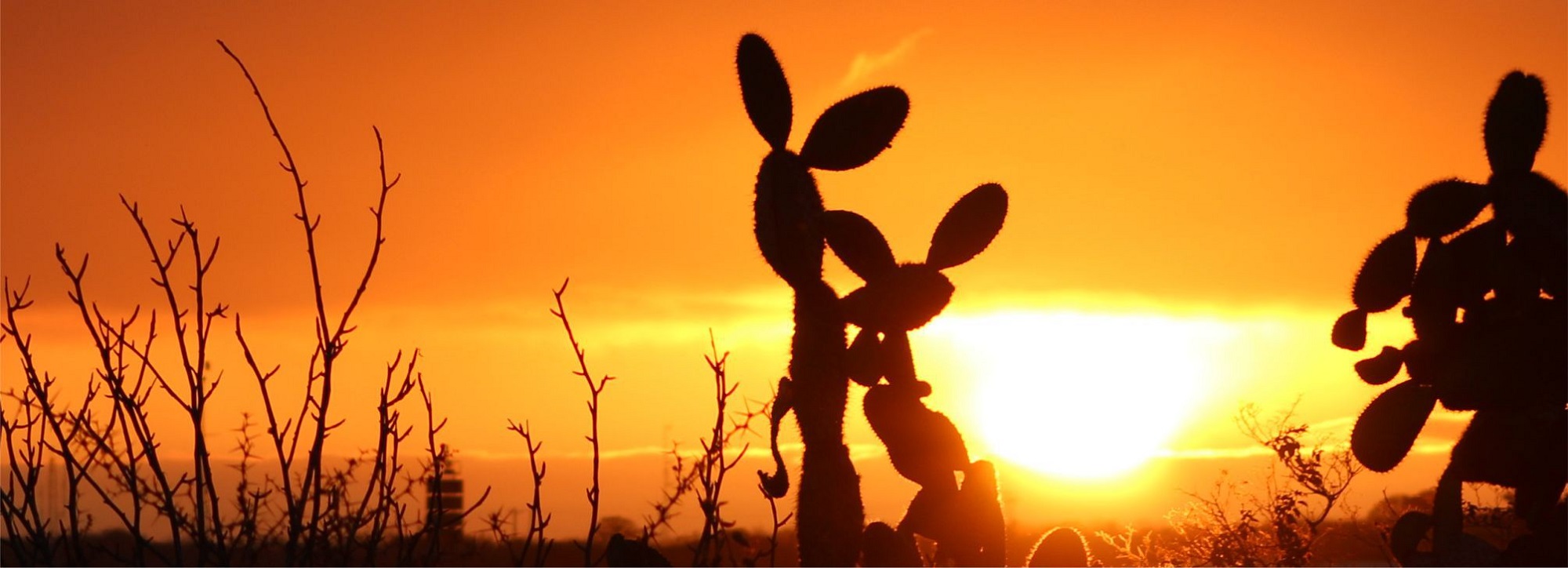Corley Smith's Galapagos
Gerard Thomas Corley Smith was born in July, 1909, in Lancashire, England, and passed away in October, 1997. Educated in Cambridge, he graduated in modern languages, joined the British Consular Service in 1931, and continued a full diplomatic career that would carry him all around the world. His final destination was as ambassador to Ecuador, where he was able to develop one of his passions: birdwatching. That interest put him in contact with French ornithologist Jean Dorst ― and with the activities of the Charles Darwin Foundation for the Galapagos Islands.
His first visit to the archipelago was in 1964, alongside the Duke of Edinburgh, on board the Royal Yacht Britannia. He became involved with CDF's work and when he retired, he joined the organization's executive council. In 1972 he assumed the role of CDF's Secretary-General, which he managed from his house in Essex.
In 1984, he handed over his position, and was awarded the Order of Merit by the Ecuadorean government. The CDF's library, located at the very heart of the Charles Darwin Research Station (CDRS) near Puerto Ayora (Santa Cruz Island), is named in his honor.
During his years in Galapagos, Corley Smith was very interested in the islands' history, and produced a number of texts both on the archipelago and the CDF ― some of which were published in Noticias de Galapagos, CDF's official organ, which he edited himself.
However, some of them were not.
In 2018, as part of the tasks of reviewing the many unpublished manuscripts held in the "special collections" of the CDF library, a photocopied version, in poor condition, of a typewritten work of Corley's authorship was found. It was entitled Galapagos: A manuscript.
The text was clearly a draft: incomplete, full of typos and handwritten corrections, sometimes repetitive... Still, it was interesting and well structured; it somehow reflected the passion and interests of its author. Therefore, it was decided to scan and transcribe it. After contacting Corley's son, Peter, and his partner, Elizabeth Adams, both were delighted to accept the proposal to publish it. In fact, they had the original typed version of the manuscript, the basis for the photocopy. So, the text was reviewed jointly, and it was decided how best to disseminate it.
For a number of reasons that would be too long ―and even too personal― to explain, Corley Smith had decided not to publish his manuscript. However, seen from a contemporary perspective (and from a purely librarian one), his words are more than valuable. They are those of a reference in the small universe of Galapagos conservation; indeed, they are the experiences and ideas of one of the people who made such conservation possible. His prose is rich, and his historical narrative, compelling. He carefully selected some of the most salient milestones in local history and presented them with the dexterity of a skilled storyteller. In a world with an increasingly limited attention span, where stories are reduced to a sad handful of characters on social media, this kind of storytelling is as clever as it is charming.
Some minor corrections were made during the editing process. Otherwise, the text was left intact. A final chapter with an annotated bibliography was added, so that interested readers can continue their journey through the events surrounding the Enchanted Islands and the many documents that give an account of them.
May these pages encourage present and future generations to commit themselves to the recovery and preservation of the archipelago's history.
[A copy of the Galapagos can be downloaded from the section "Books".]
Corley Smith, Gerard Thomas. Galapagos. [Book]. Santa Cruz : CDF, 2023. 346 pp. : n/ill. : 17 x 23 cm. DDC 900. Well preserved.
Subject categories: History of Galapagos | History of science
Keywords: Books
Time framework: 2023
Text & picture: Edgardo Civallero (edgardo.civallero@fcdarwin.org.ec).
Publication date: 1 October 2023
Last update: 1 October 2023
